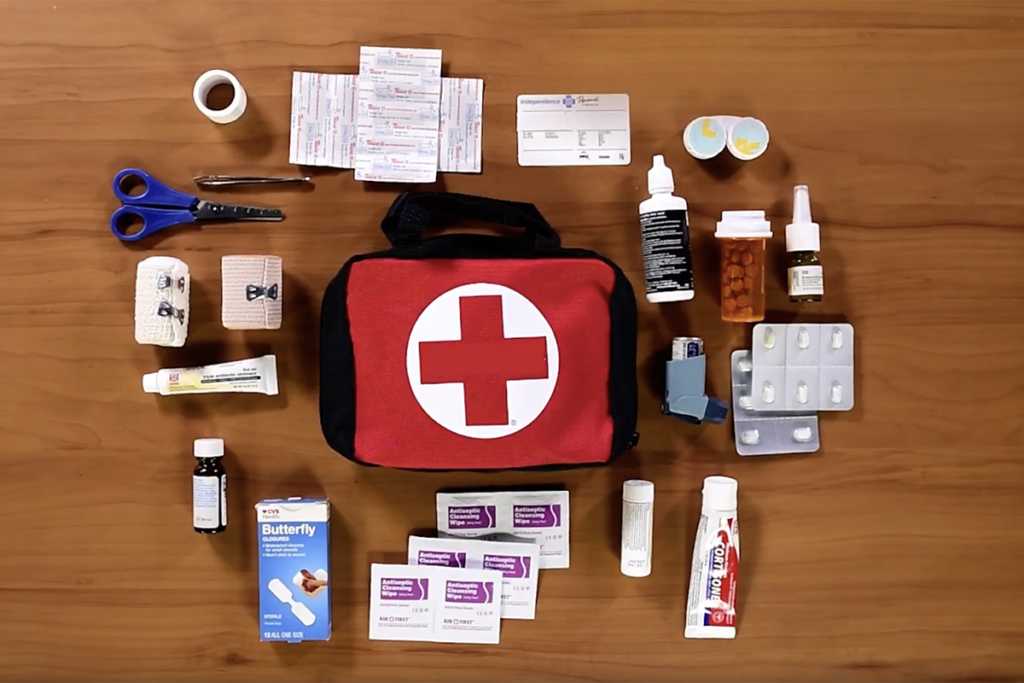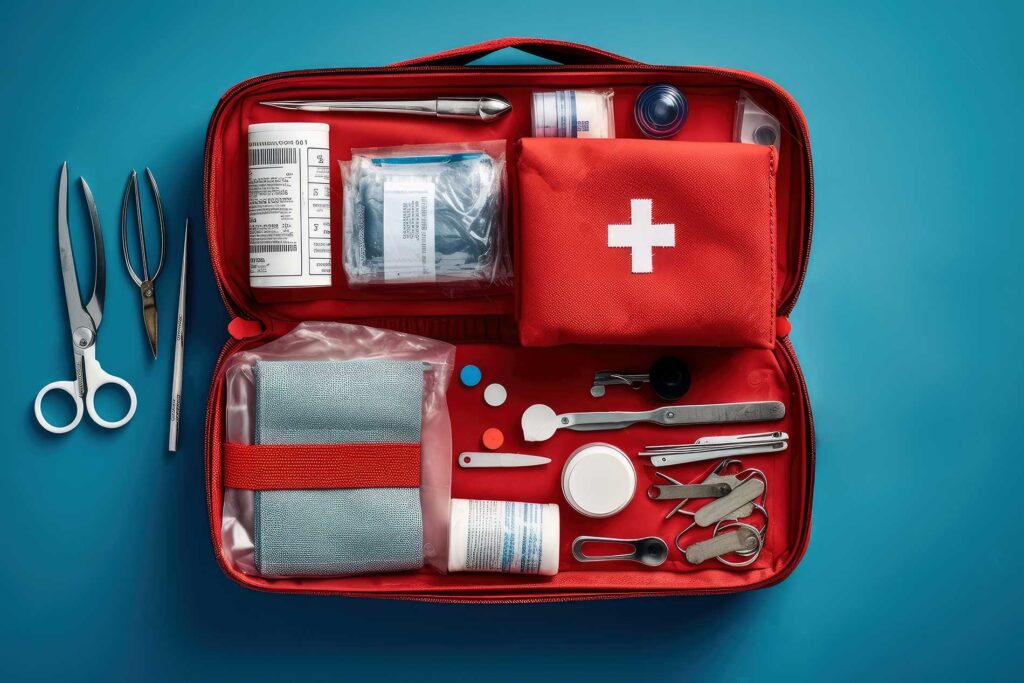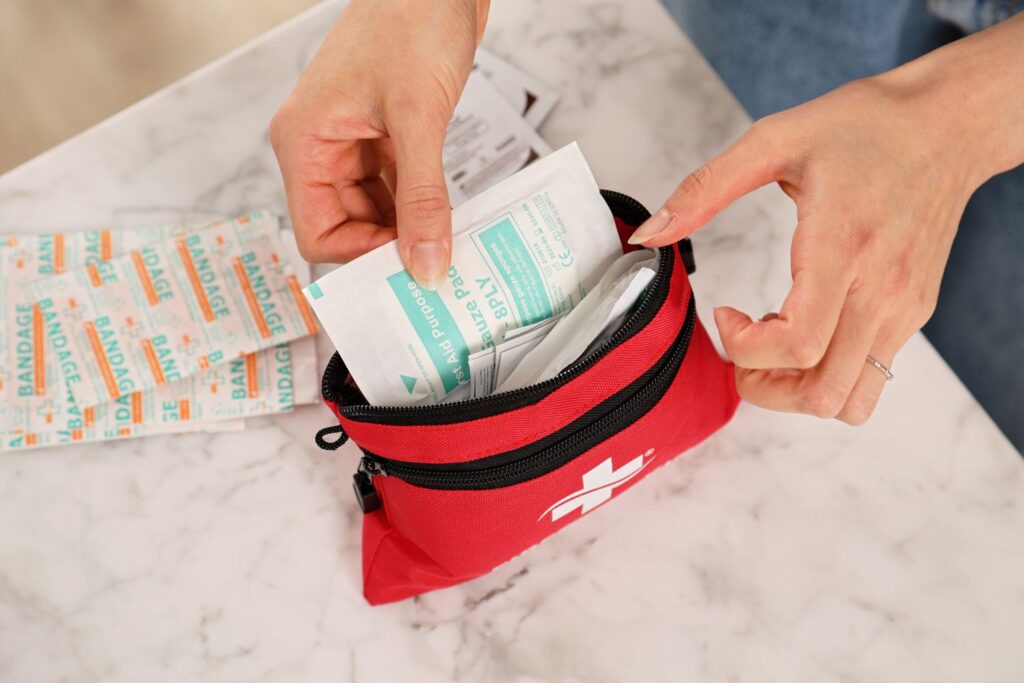
When emergencies strike, the contents of your first aid kit can mean the difference between a minor inconvenience and a major crisis. Whether it’s a scraped knee at the park or a more serious accident at home, having a well-stocked first aid kit is crucial for providing immediate care. This guide covers the essential supplies you need to be prepared for common injuries and health issues.
Besides these essential items, it’s important to consider some additional items as well. For example, having things like a tourniquet in your kit can be lifesaving. With the rise of tourniquet wholesale options, integrating this crucial tool into your first aid supplies has become more accessible and affordable than ever.
Table of Contents
Essential Items for Every Kit

Source: insights.ibx.com
1. Adhesive Bandages
A variety of sizes for small cuts, blisters, and scrapes are essential. Ensure you have plenty for those minor injuries that need protection from dirt and germs. Adhesive bandages also prevent the wound from rubbing against clothing, which can cause further irritation.
They act as a barrier against water and bacteria, minimizing the risk of infection. It’s wise to include waterproof options for situations where moisture exposure is likely.
2. Sterile Gauze Pads and Adhesive Tape
For larger wounds, gauze pads and tape are necessary to cover and protect the area from infection. They can also be used to apply pressure and stop bleeding, helping to stabilize the situation until further care is available.
Gauze pads are particularly useful for absorbing blood and other fluids, keeping the wound clean. The adhesive tape ensures the gauze stays in place, providing continuous protection. Always have various sizes and shapes to address different wound dimensions.
3. Antiseptic Wipes or Spray
Cleaning wounds is critical to prevent infection. Antiseptic wipes or sprays are convenient for sterilizing an injury before dressing it. These products are specially formulated to kill bacteria without causing further damage to the wound.
They can also be used to clean hands or surfaces in an emergency where traditional washing is not possible. Having both wipes and spray allows for versatility depending on the injury and setting.
4. Antibiotic Ointment
Applying an antibiotic ointment helps to prevent infections in cuts, scrapes, and burns. It can also speed up the healing process by keeping the wound moist and protected. A thin layer is all that’s needed to fight off bacteria, and its use can significantly reduce the chances of scar formation. Make sure to check for allergies before application and have alternatives available for sensitive skin.
5. Pain Relievers

Source: forbes.com
Include over-the-counter pain relievers like acetaminophen, ibuprofen, or aspirin to manage pain or reduce fevers. Be mindful of allergies and age restrictions, as some medications are not suitable for children or those with certain medical conditions. Having a variety of options can accommodate different needs and preferences. Additionally, understanding the correct dosage is critical to safely managing pain or fever symptoms.
6. Tweezers
For removing splinters or debris from wounds, tweezers are invaluable. Choose a pair with a fine point for precision, ensuring that you can grasp even the smallest particles. Sterilizing the tweezers before and after use is crucial to avoid introducing new bacteria into an open wound. They can also be useful for assisting in the application of dressings or bandages in tight spaces.
7. Scissors
A small pair of scissors is useful for cutting tape, gauze, or clothing away from injuries. Ensuring they are sharp and in good condition is essential for efficiency and safety. Scissors can also be used to customize dressings to the exact size needed, minimizing waste and ensuring optimal coverage. Additionally, a pair with rounded tips is preferable to prevent accidental puncturing or cutting of the skin.
8. Disposable Gloves
To protect yourself and the injured party from infection, always use gloves when administering first aid. Gloves also help in maintaining a sterile environment while treating wounds. They should be discarded after each use to prevent cross-contamination between different first aid scenarios. Having both latex and non-latex options available ensures that you can provide care without causing allergic reactions.
Additional Supplies

Source: lakesidemedical.ca
1. Allergy Medications
Antihistamines for unexpected allergic reactions, especially if you or someone close has known allergies. Keeping a range of allergy medications can cater to different sensitivities and severity levels. For those prone to severe allergic reactions, consider including an epinephrine auto-injector after consulting with a healthcare professional.
2. Saline Solution
To wash out debris from the eyes or can be used as a gentle wound cleaner. Saline solution is versatile, serving not only as a rinse to clear out eye irritants but also as a mild disinfectant for cleaning wounds without irritating.
It’s important to have a bottle with a secure cap to avoid contamination. For convenience, include a small eye cup or dropper to facilitate easy application, ensuring you can address eye emergencies effectively and hygienically.
3. Burn Gel
A specific gel for burns can relieve pain and support healing. Burn gel often contains ingredients like aloe vera, which has soothing properties to reduce discomfort. When selecting a burn gel, opt for one that’s free from alcohol or fragrances to minimize irritation to damaged skin.
4. Elastic Bandages

Source: verywellhealth.com
For wrapping sprains or strains to reduce swelling and immobilize the injury. These bandages are adjustable and can be used on different parts of the body, making them versatile for various injuries. Elastic bandages can be reused, so it’s important to wash them after each use to maintain hygiene.
5. Finger Splints
In case of finger injuries, having a splint can help protect and immobilize the finger to prevent further injury. Splints can also be used to stabilize dislocations or fractures until medical evaluation can be obtained.
6. Tourniquet
In extreme cases where bleeding cannot be controlled, a tourniquet can be a lifesaver. However, its use should be learned and applied correctly. Tourniquets should be marked with the time of application, as prolonged use can have serious consequences.
Final Words
Your first aid kit is your first line of defense in managing health emergencies. While the above list covers the essentials, consider the specific needs of your household. Regularly check and replenish your supplies to ensure you’re always prepared. The goal of a first aid kit is not just to respond to injuries but to do so efficiently and effectively, potentially saving lives.







